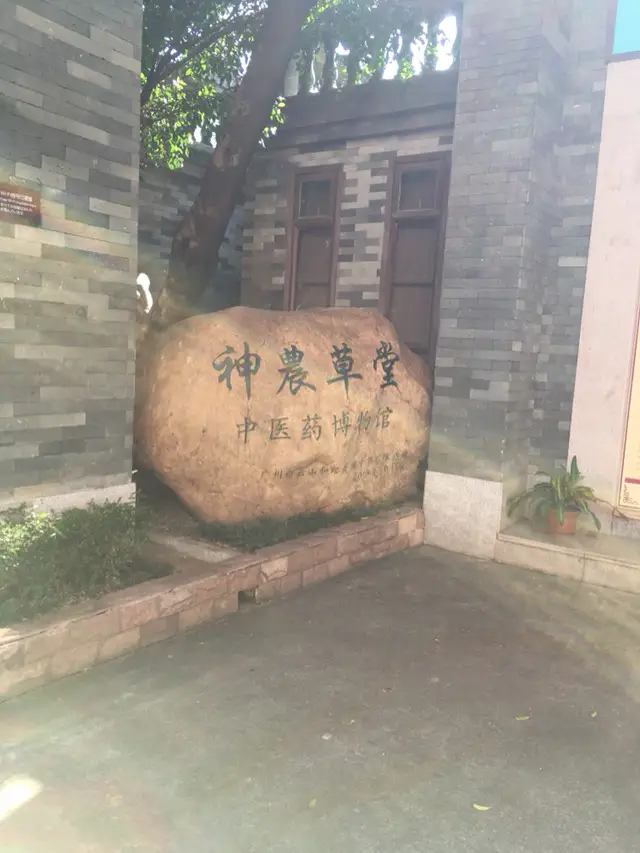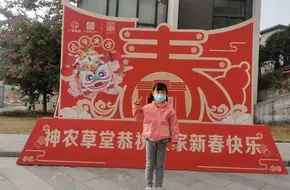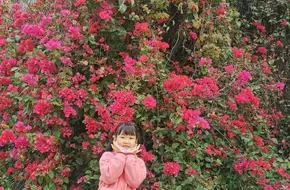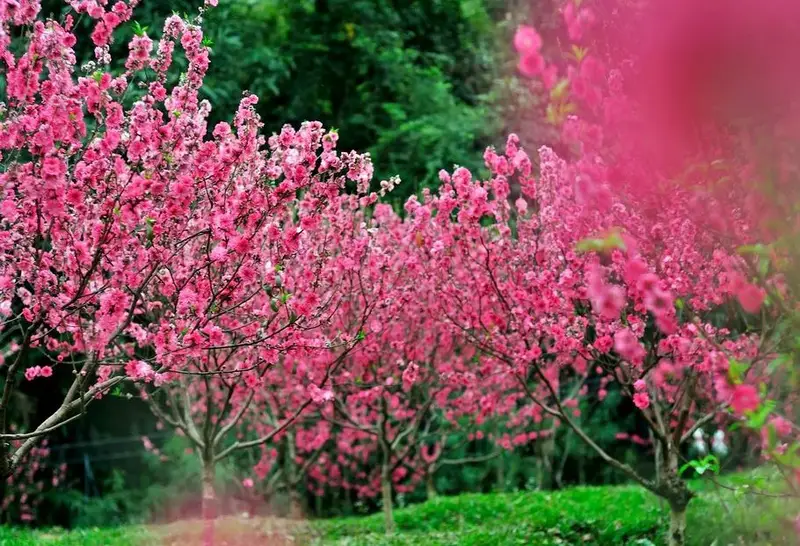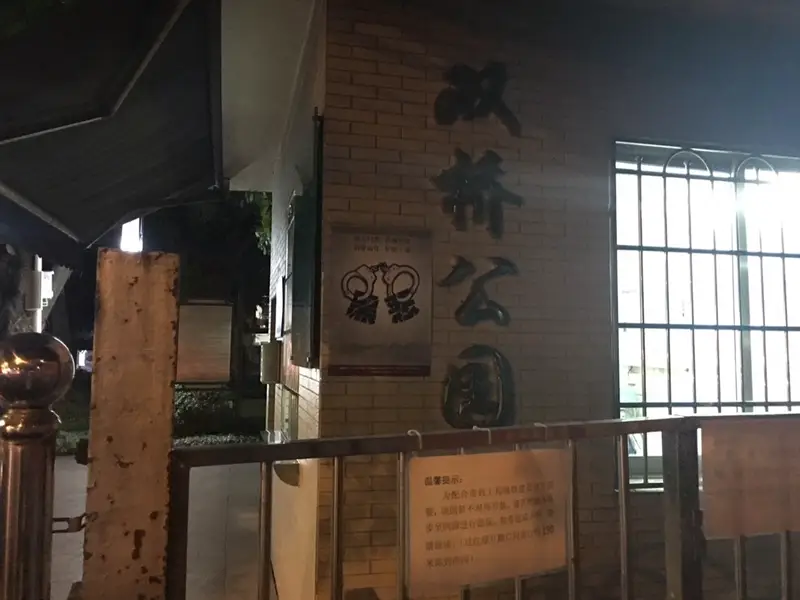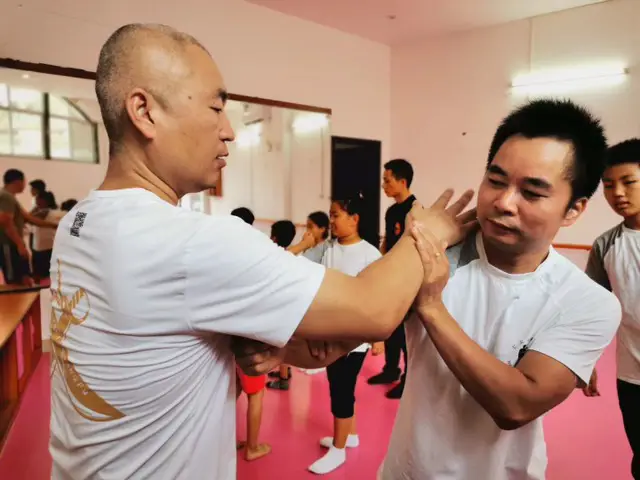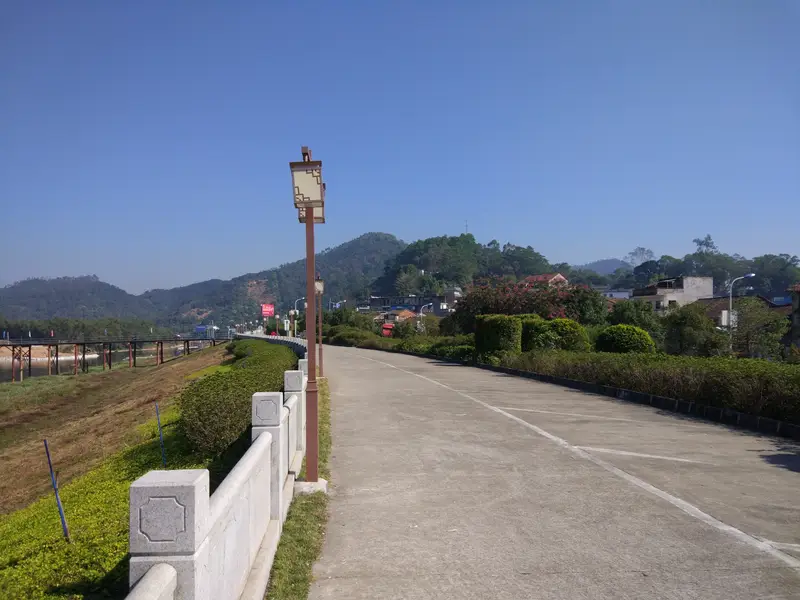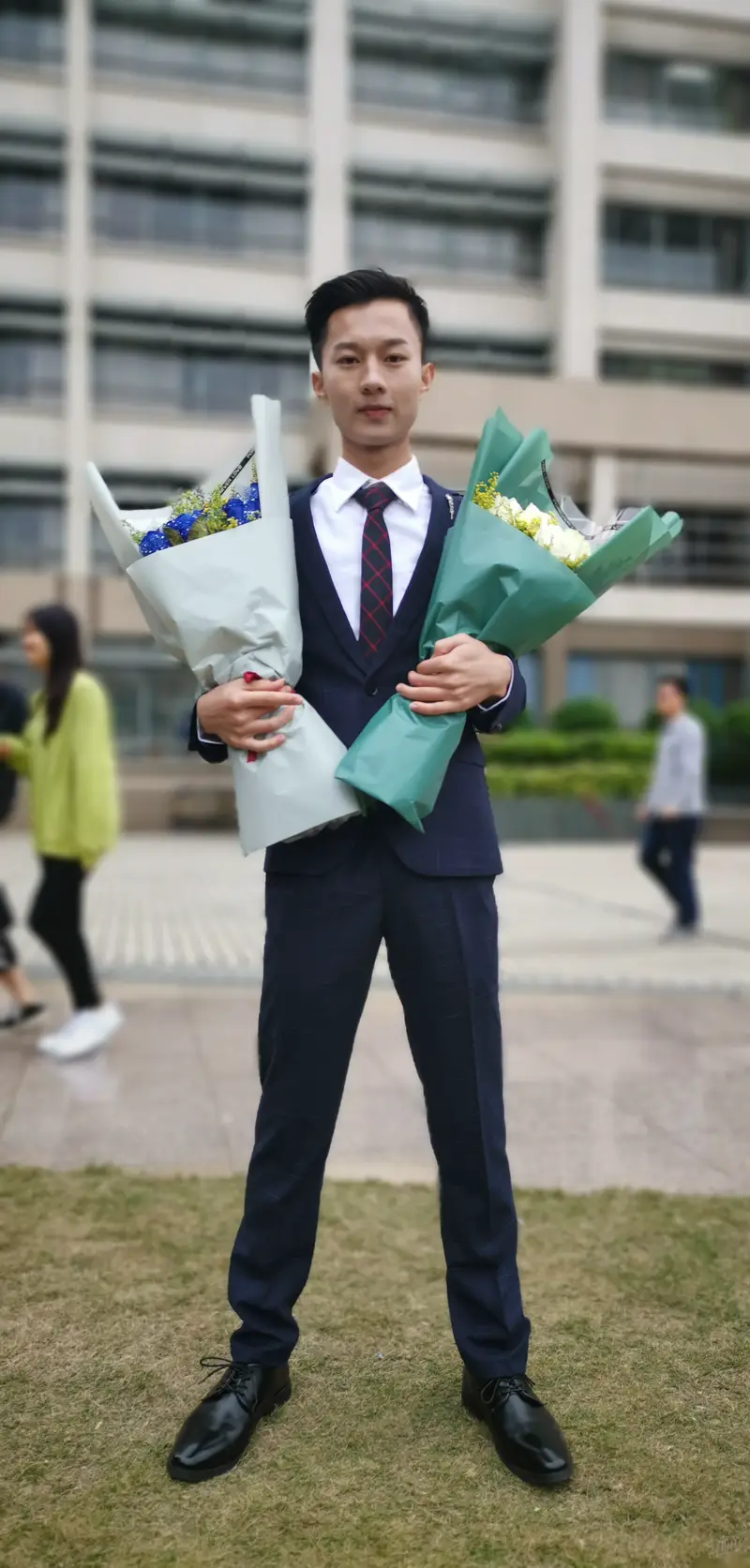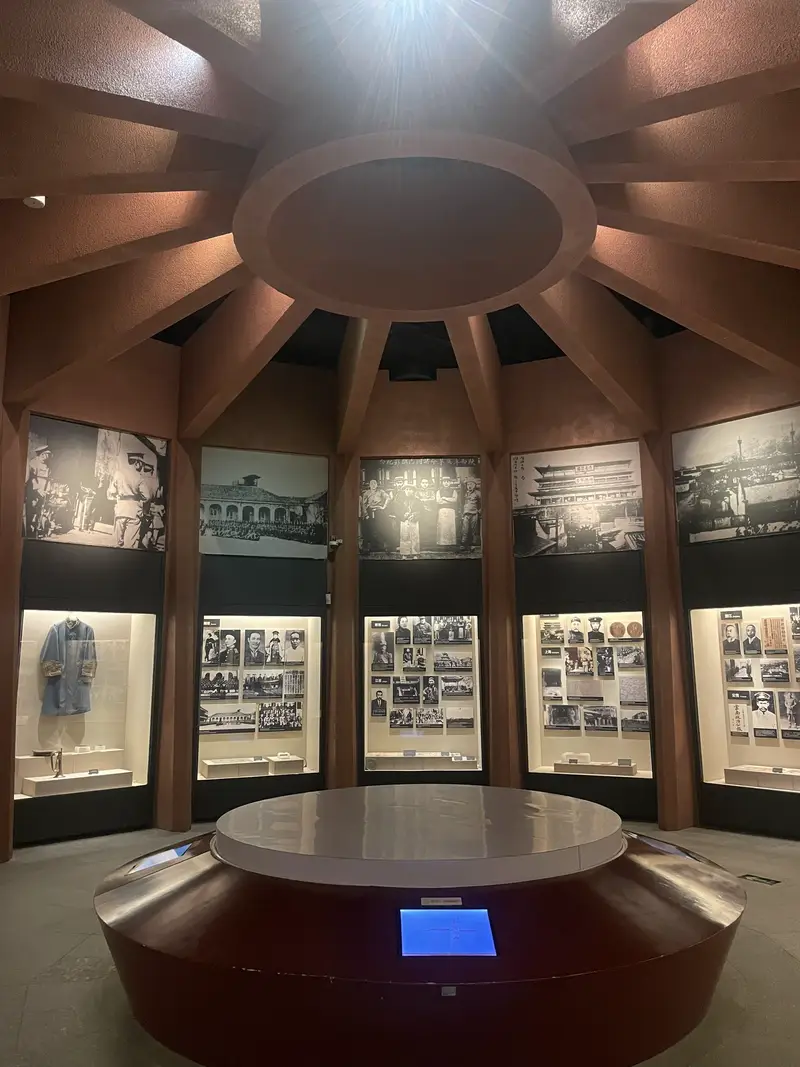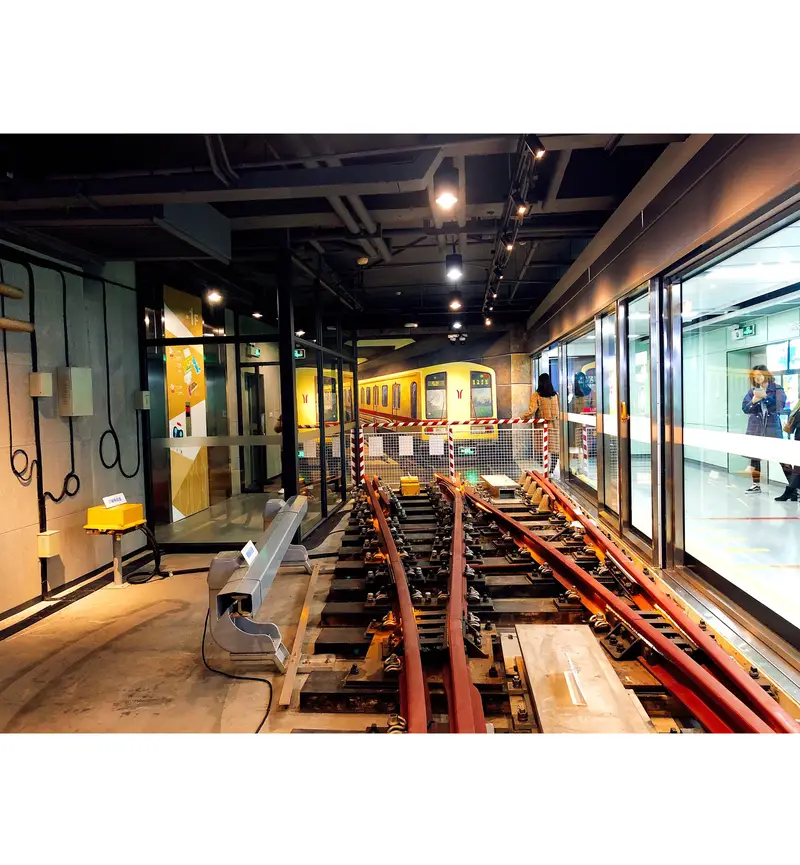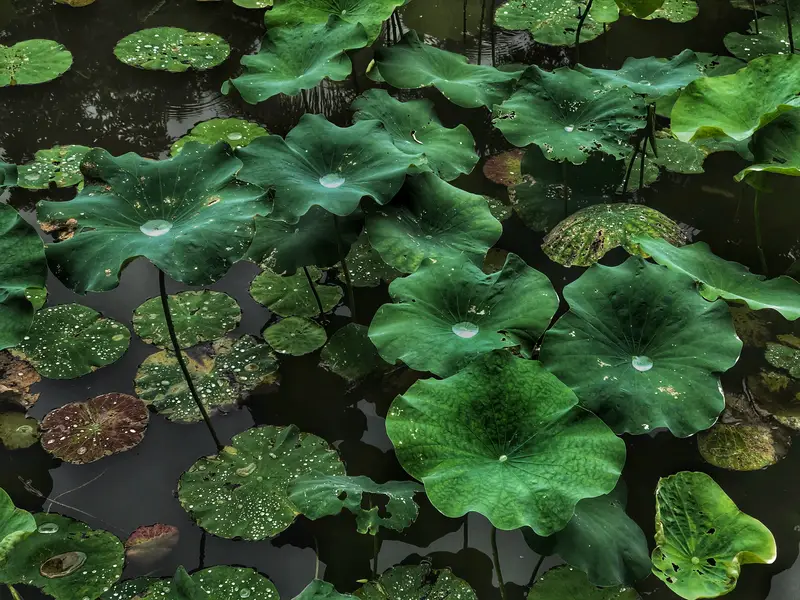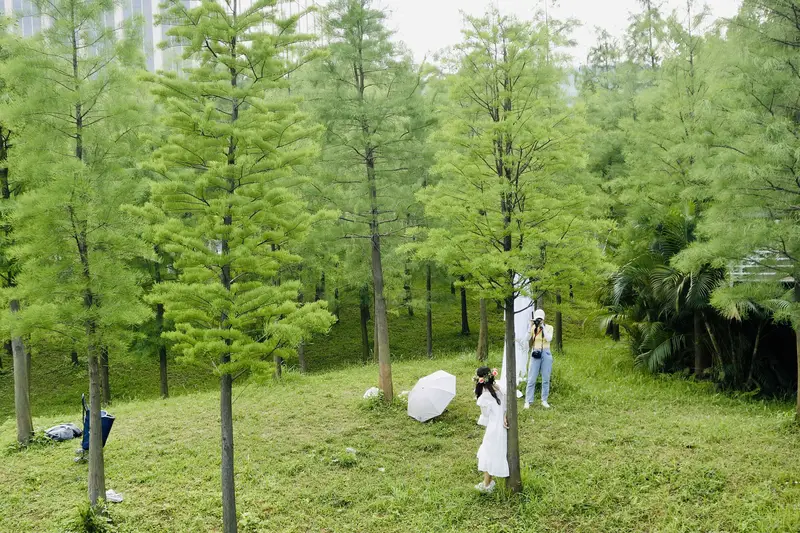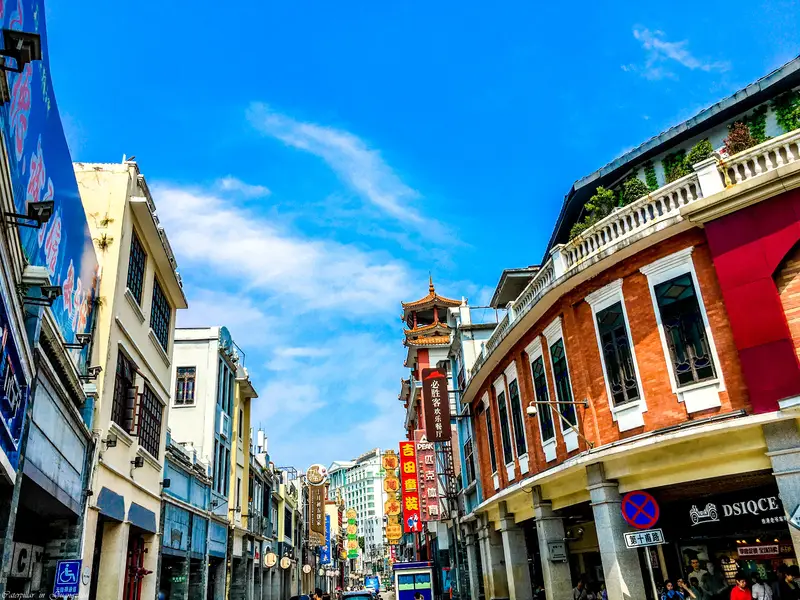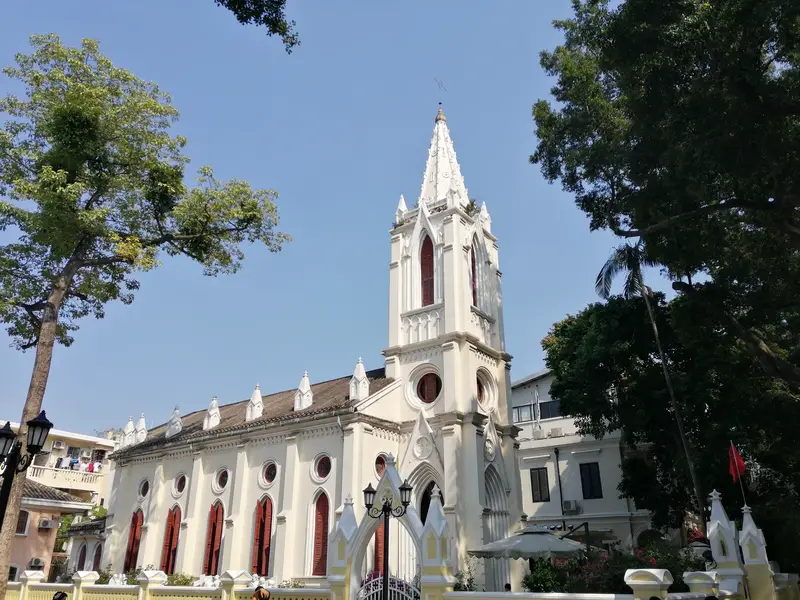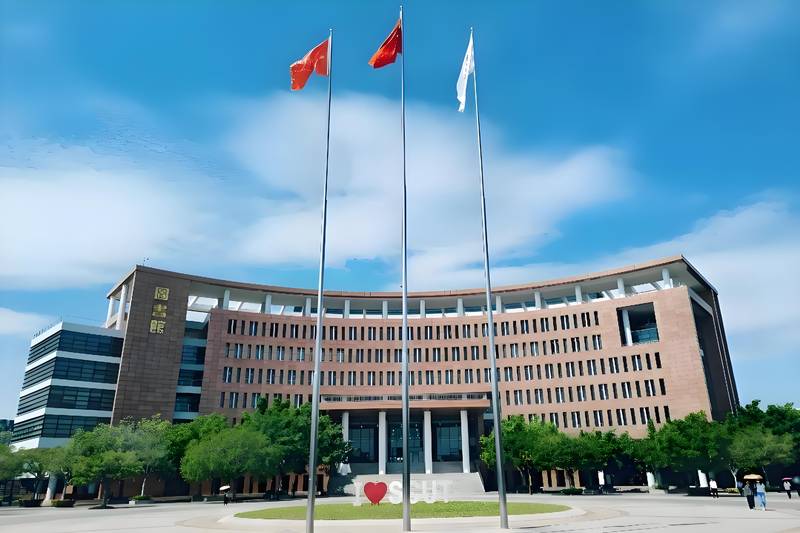Location & How to Get There
Shennong Herbal Hall Traditional Chinese Medicine Museum is nestled in the Baiyun District of Guangzhou, near the suburban area of Shatai North Road. If you’re coming from downtown, it’s a 30-minute drive. By metro, take Line 3 to Jinli Hub Station, then transfer to Bus 757 or 246—tell the driver “Shennong Tang” and they’ll know where to stop. Driving? Plenty of free parking is available, and the museum’s green roof makes it easy to spot.
Natural Scenery: A Hillside Oasis
The museum isn’t just indoors—it’s half-open, blending into a hilly landscape with lakes, bamboo groves, and medicinal herb gardens. Walking through the grounds feels like a mini-hike. In spring, cherry blossoms frame the entrance, while summer brings lotus blooms in the ponds. Even city folks will love the fresh air and birdsong here. Don’t miss the Herbal Garden, where over 300 plants (labeled in English!) grow wild, including ginseng and honeysuckle.
Cultural Highlights: History Meets Storytelling
Inside Shennong Herbal Hall, the real magic happens. The Lingnan Palace is a recreated traditional pharmacy, complete with wooden shelves stacked with ceramic jars and a counter where staff演示 how to grind herbs. Life-size sculptures show scenes like a Qing Dynasty doctor examining a patient or a street vendor selling cooling tea. My favorite? The Wong Lo Kat Cool Tea Museum, which traces the story of this famous drink from its invention in the 1800s to modern production. You’ll even smell the herbal brew wafting through the hall!
Interactive Fun for All Ages
This isn’t your stuffy museum. Kids can touch replica herbs in the Sensory Garden, and there’s a DIY corner where families make their own herbal sachets. The Mock Market Street has actors in period costumes—they might even let you try on a traditional pharmacist’s hat. For history buffs, check the timeline wall showing how Chinese medicine evolved from Shennong’s legend to today’s research labs.
Practical Tips: Food, Rest, and More
After exploring, grab a bite at the on-site Herbal Tea House, which serves dishes like ginseng chicken soup and chrysanthemum tea. The gift shop sells affordable souvenirs like herb-scented candles and mini cool tea packets. Need a break? Shaded pavilions and benches are scattered around the lake. The museum is wheelchair-friendly, too, with ramps and elevators.
Why It’s Worth a Visit
What makes Shennong Herbal Hall special? It’s the only museum in China that combines nature and culture so seamlessly. You get both a peaceful escape and a deep dive into traditions that shaped Chinese life for millennia. Whether you’re into photography, history, or just wanting to slow down, it’s a unique stop that feels worlds away from Guangzhou’s skyscrapers—but only a metro ride out.
Pro tip: Go on a weekday morning to avoid crowds and catch the morning mist rising over the herb fields.


